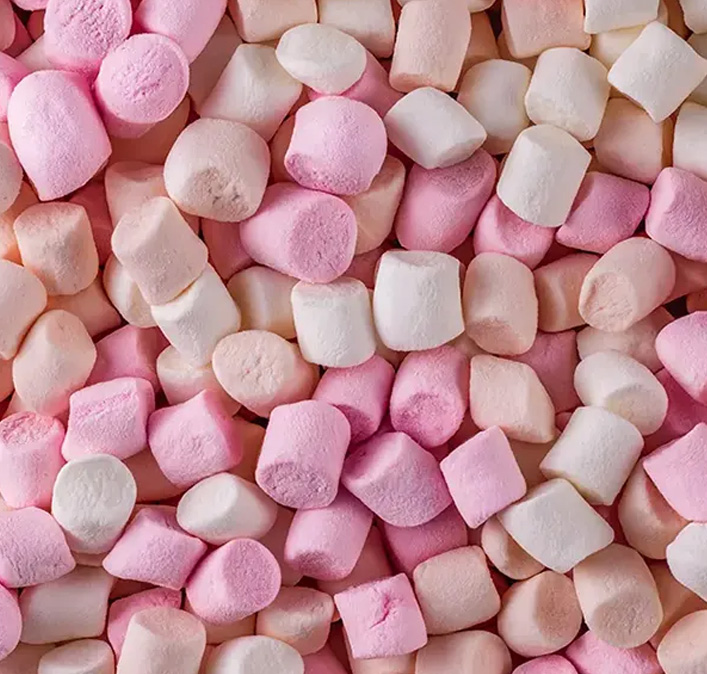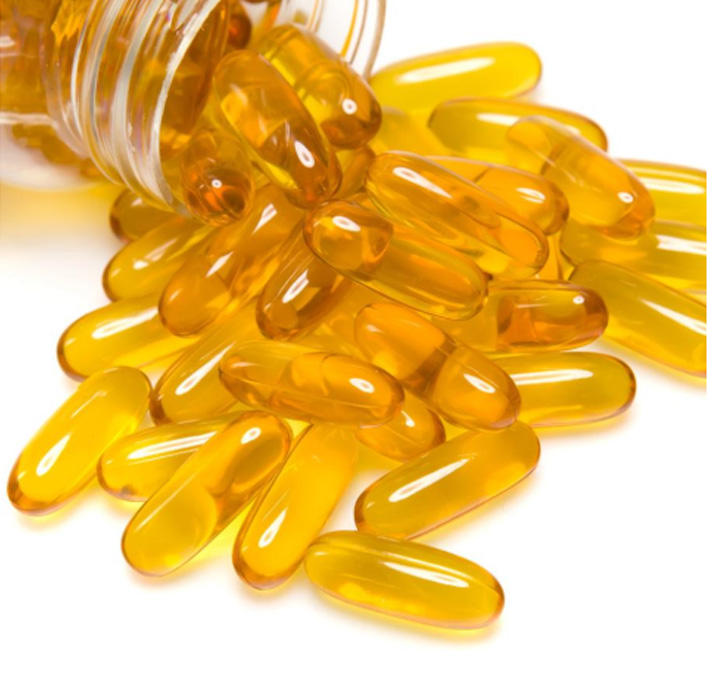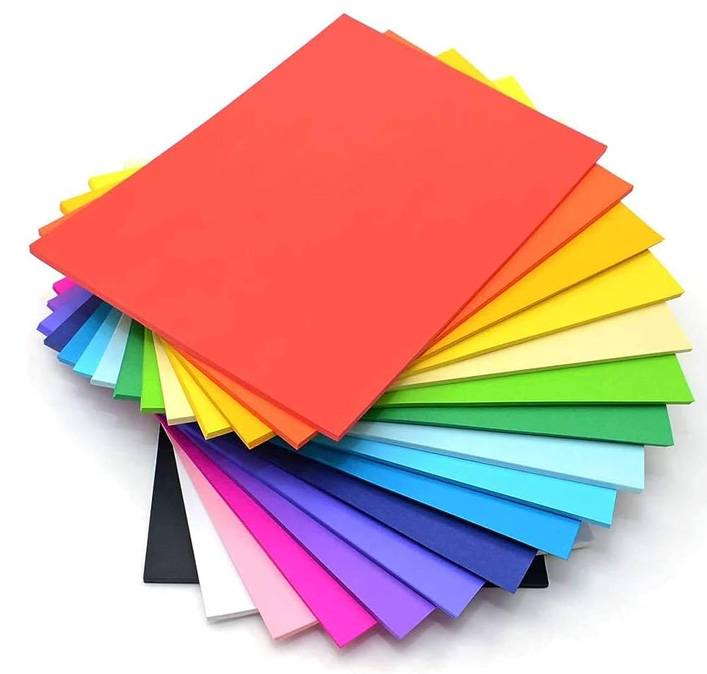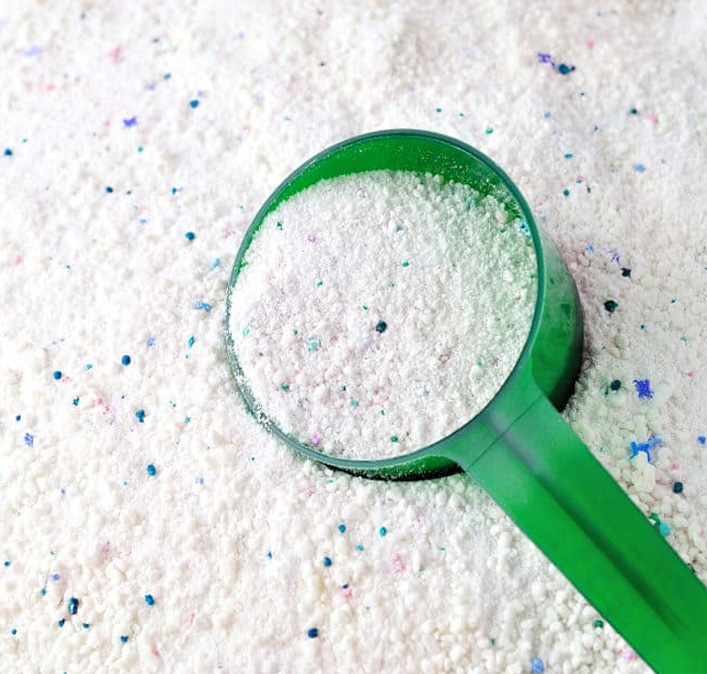
Food industry
Edible Gelatine is the most common form of Gelatine. Due to its functional properties Gelatine is extensively used in food production. The main reason for this is its unique ability for Gel-Sol transformation. Gelatine melts at 37 degrees Celsius and regains firmness when it cools down. Its melt in the mouth properties make it indispensable for the food industry.
Gelatine is a source of high-quality protein. It is low in calories, free of cholesterol , sugar and fat. It is easy to digest and has hardly any potential for causing allergies.
Gelatine is extensively used in Confectionaries e.g. chewy toffees, marshmallows, liquorices, gummy bears, wine gums, jelly babies, Milk products and deserts e.g. yogurts, curd, cheese, baked goods, Meat, Fish and sausages and drinks e.g. Wines, juices, cider and beer. Edible Gelatine is a natural foodstuff and is therefore subject to stringent quality control regulations.
Gelatine is indispensable in calorie-conscious diets
Gelatine is used in food production to enrich protein, reduce carbohydrates and as a carrier for vitamins.
Many meat and sausage products, as well as ready meals, have very high concentrations of salt. Thanks to the use of Gelatine hydrolysate, the proportion of table salt can be greatly reduced without making any compromises in flavour.
Gelatine can also play an important role in weight loss. Due to its ability to gel it can partially replace the high fat content in many products. The development of many of the low-fat products, such as half-fat margarine, fat-reduced cheese and yogurt varieties, which can be found on the shelves labeled light products, would not be possible without Gelatine.
Delicious reduced calorie dishes can also be prepared at home with gelatine. They are low in fat, but still have the full flavour.

Pharmaceutical Industry
In the pharmaceutical industry, Gelatine is used for the manufacture of capsules, tablets and dragees . The film forming property, digestibility and capability to mask the taste of the medicines make Gelatine the ideal product for Hard and Soft Capsule production. Owing to its good compatibility with human tissue, Gelatine in sponge form is used to treat wounds and as a replacement for blood plasma in solutions.
Capsules: Hard and Soft shell capsules are made of Gelatine.
Both Hard and Soft shell Gelatine capsules shield the drugs against harmful effects i.e light and oxygen. Whereas soft shell capsules are mainly used to encapsulate vitamins and food supplements in oil and paste forms, hard shell capsules are mainly used for powder and granulated medicines and dietary supplements. The Gelatine shells help to preserve the active pharmaceutical ingredients for extended periods of time.
Gelatine-coated tablets (caplets) are a new technological development. The external coating with Gelatine facilitates easier swallowing of caplets.
Gelatine Sponges: Gelatine sponges play an important role in dentistry and surgery. The blood-stanching sponges are completely absorbed by the body's own tissue while the wound is healing.
Plasma Expanders: As an emergency medicine, plasma expanders (blood volume replacements) based on Gelatine are often used in cases of blood loss in order to balance the patient's blood volume again quickly.

Photographic Industry
Silver salt photographic materials consist of up to 15 layers containing Gelatine that are coated onto film or paper. Here Gelatine acts as a binding agent for light-sensitive silver halides. Due to their swelling properties, the developing agents can penetrate the layers and be removed again by watering. Gelatine is an important component for this complex layer technique. It has the ability to form a solution during heating that sets to a gel again on cooling down and can be kept after water removal. Gelatine's properties are needed to produce photographic materials such as amateur films, colour paper, graphic art films and X-ray films.
Gelatine is also indispensable for digital photography. The ink-jet printer paper coated with Gelatine guarantees brilliant colours and clear shapes. This results in prints of the highest quality.
Gelatine develops its healthy and stabilizing effect not just in the food, pharmaceuticals and photographic industries. Many industry sectors benefit from the positive properties of this natural product. The examples cited are a selection from the broad spectrum of Gelatine applications.

Other Applications
Collagen hydrolysates and collagen surfactants based on Gelatine are kind to the skin and fully biodegradable as active agents in detergents. As an additive in washing detergents they develop their good compatibility with the skin and protect it against the aggressive surfactants. In their capacity as fiber-protecting proteins they have a tangible effect in special detergents for wool, silk and other delicate textiles.
- Specially selected gelatines and gelatine hydrolysates are widely used as foliar fertilisers. Thanks to the slow depletion of amino acids, the nitrogen is precisely dosed. Gelatine thus has a positive influence on the metabolism of plants.
- In the manufacture of matches, the binding properties of Gelatine are indispensable for the match heads.
- Gelatine is also used in the paper industry. Here, it improves resistance to moisture and the stiffness of the paper. Books can also be restored with Gelatine.
Zinc and cadmium can be cleaned with the addition of Gelatine in electrolytic baths. Gelatine enables the sedimentation of dirt and thus creates the basis for the production of metals of high purity.
